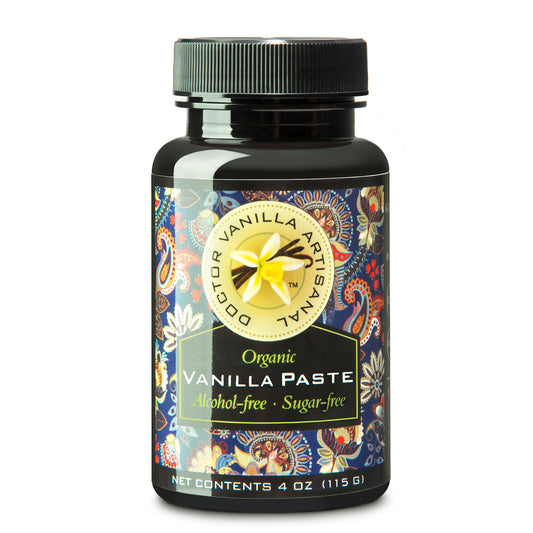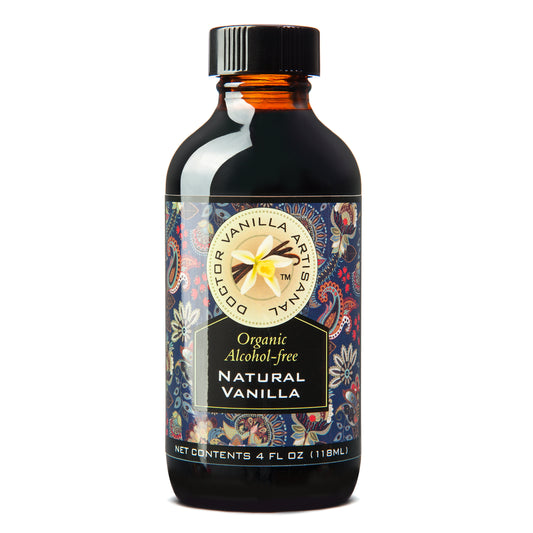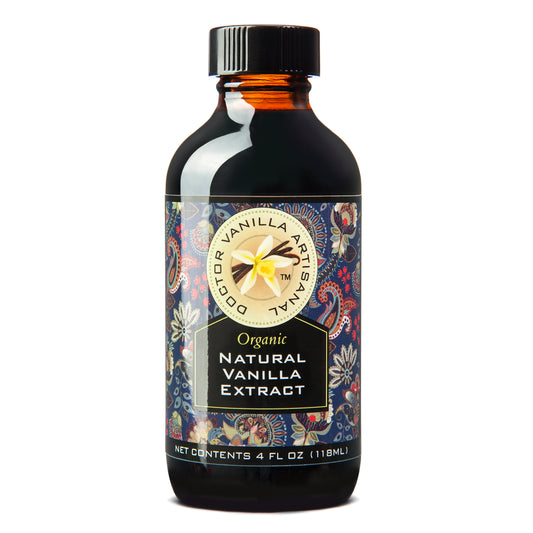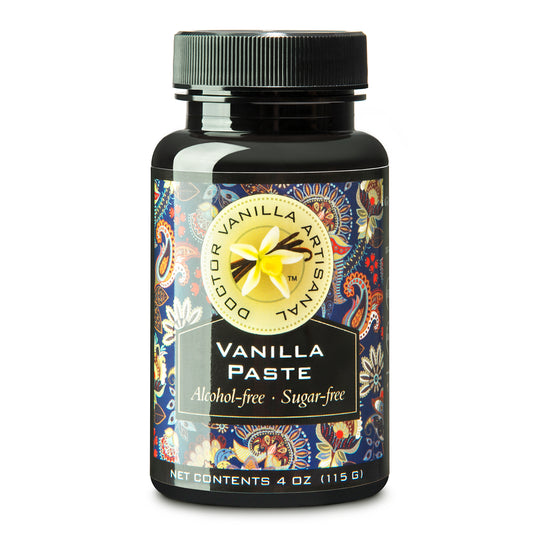Any dessert can benefit from the addition of vanilla beans, but selecting the best one requires more than just searching for certain brands.
Paying close attention to the grading of your vanilla beans is essential if you want to use them to create high-end products.
But first, learn everything there is to know about grade A vanilla beans by reading this guide before you go shopping.
Why Do They Grade Vanilla Beans?
Three primary factors are easily ascertained by consumers by using the graded vanilla beans:
Quality: A higher grade typically indicates that the vanilla bean is of a higher caliber in terms of both its outward look and flavor intensity.
Cost: While brand and origin of the bean are important considerations, lower-grade vanilla beans will usually be less expensive than higher-grade ones.
Uses: Finding out what kinds of items you can make with vanilla beans is the most crucial thing you can learn from their grade.
Grades for Vanilla Beans
The grading of vanilla beans takes into account both the moisture content and the bean's overall appearance.
Usually, there are two main grades:
Premium Quality Vanilla Beans
Gourmet vanilla beans, sometimes referred to as grade A beans, are among the best available.
Just by looking at them, grade A vanilla beans can be identified. They are more succulent and typically contain a larger percentage of moisture—roughly 30% at most.
Grade A beans are regarded as an all-purpose vanilla bean because they are also softer and simpler to use in most recipes.
Vanilla Beans of Grade B
The less expensive grade B beans are also known as extraction-grade vanilla. They frequently have physical flaws and are drier than grade A items.
Because of its limited versatility, grade B vanilla beans are mostly utilized to create vanilla extract. Because of their dryness, you probably won't notice the distinctive vanillin scent until you rehydrate the bean.
What Differentiates Grade A Vanilla Beans
While grade B beans aren't inherently of poor quality, grade A beans offer some special advantages.
- Adaptability
Because grade B vanilla beans have a lower moisture content, using them for uses other than vanilla extract can be challenging.
High-quality beans are the best option for:
Savoury foods
Sugar with vanilla
Baking (cakes, pastries, upscale sweets, etc.)
- Potency
If you want the flavor of vanilla to complement a meal without overpowering it, Grade B beans are an excellent option. Even the vanilla extract derived from these beans won't have a particularly strong vanilla flavor, but it will work perfectly for the majority of home applications.
Gourmet vanilla beans, however, typically take center stage in terms of flavor. A greater amount of vanillin results from the increased moisture level, which enables the beans to impart more flavor and even a sweeter note than grade B vanilla can.
- Origin and Harvesting
The taste is also influenced by the provenance of the vanilla bean. Though you can discover brands from other countries of South America and Africa, gourmet vanilla beans are primarily obtained from Madagascar and Peru.
Harvesting Grade A beans is considerably more time-consuming. Before the beans become overly ripe, they must be taken up right away to prevent them from drying out. The cost at the end is also influenced by this rigorous procedure.
The beans from grade B are less particular. Typically, farmers harvest them later, as the bean ripens, and with less caution so as not to contaminate the final product. This expedites the procedure and enables manufacturers to offer grade B vanilla at competitive prices.
How to Select Premium Vanilla Beans
It is insufficient to base your decision solely on grades to guarantee that you will receive the desired vanilla profile. Here are some other points to think about:
Origin: Madagascar vanilla beans, also known as Bourbon vanilla, are among the best available due to their rich, creamy flavor; hence, they're the perfect option for upscale desserts or for powerful aromas. Although typically not as powerful, excellent vanilla may also be found in other nations like Mexico or Indonesia.
Pod length: For maximum flavor, choose longer pods. Longer vanilla beans typically give you more to work with because the bean's potency naturally decreases as you move up from the root to the tip.
Feel: A wonderful technique to distinguish between grade B and higher-quality vanilla beans is to feel for wet, pliable beans, as grade B beans tend to feel dry and easily broken. Your fingertips should come away from them with a faint oily residue, signifying that the bean is fresh and perfect for gourmet cooking.
Conclusion
Although there are many factors to consider when buying the second-most costly spice in the world, many people begin their search by looking at the bean's grade.
Grade A beans offer greater degrees of adaptability, bolder flavors, and a superior bean that you can use whatever you like, even though they are usually more expensive. However, grade B beans are still worth considering, particularly if your goal is to simply prepare some extract at home.





